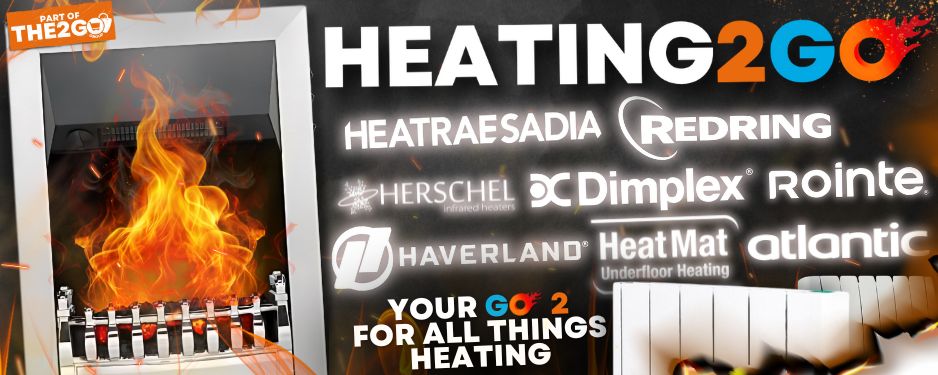Hi all.
Recently had a new combi installed (Glow-worm Energy 30kw) in a new location (moved from upstairs to down). The flow and returns now leave the boiler in 22mm (for approx 1m), then drop to 15mm to feed the first two upstairs radiators, which are closest to the new location. This then links to the original 22mm running through the centre of the house where the other rads are tee'd off on 15mm. So in essence, the flow and returns go 22mm-15mm-22mm-15mm. I've attached a rough diagram (single pipes just for clarity).
I'm struggling to balance the system and the furthest rads (most used) are taking a long time to heat, and even then the output isn't great. It is feasible to run 22mm back to the boiler from the centre of the house, although will involve lifting a floorboards in a recently decorated room. On install of the new boiler, this would have been easy as there wasn't a plasterboard ceiling at the time. But as it wasn't done, I didn't question it thinking that modern boilers can handle this.
My questions are, is this current configuration acceptable or am I always going to have problems? Does it risk damaging the boiler by overworking the pump or is it less efficient? Is balancing always going to be difficult with the mixed diameter piping?
Many thanks for your time.
Recently had a new combi installed (Glow-worm Energy 30kw) in a new location (moved from upstairs to down). The flow and returns now leave the boiler in 22mm (for approx 1m), then drop to 15mm to feed the first two upstairs radiators, which are closest to the new location. This then links to the original 22mm running through the centre of the house where the other rads are tee'd off on 15mm. So in essence, the flow and returns go 22mm-15mm-22mm-15mm. I've attached a rough diagram (single pipes just for clarity).
I'm struggling to balance the system and the furthest rads (most used) are taking a long time to heat, and even then the output isn't great. It is feasible to run 22mm back to the boiler from the centre of the house, although will involve lifting a floorboards in a recently decorated room. On install of the new boiler, this would have been easy as there wasn't a plasterboard ceiling at the time. But as it wasn't done, I didn't question it thinking that modern boilers can handle this.
My questions are, is this current configuration acceptable or am I always going to have problems? Does it risk damaging the boiler by overworking the pump or is it less efficient? Is balancing always going to be difficult with the mixed diameter piping?
Many thanks for your time.



